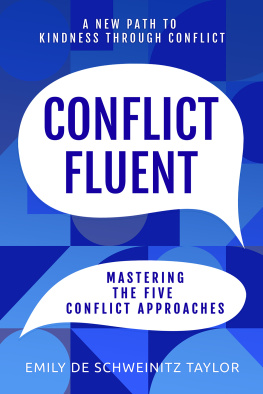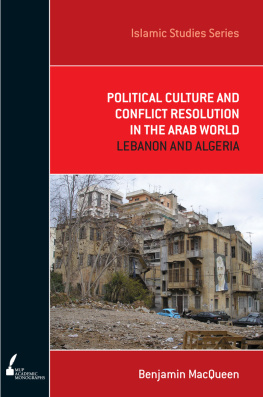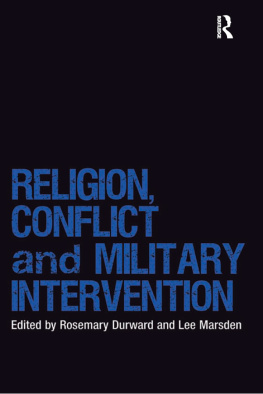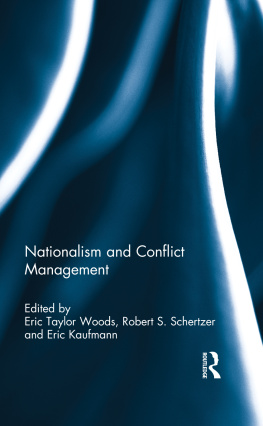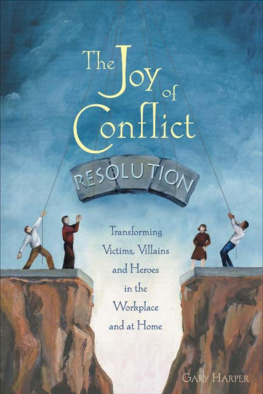
Copyright 2021 by Emily de Schweinitz Taylor
All rights reserved. No part of this publication may be reproduced, distributed, or transmitted in any form or by any means, including photocopying, recording, or other electronic or mechanical methods, without the prior written permission of the publisher, except in the case of brief quotations embodied in critical reviews and certain other noncommercial uses permitted by copyright law. For permission requests, write to the publisher, addressed Attention: Permissions Coordinator, at the address below.
Collaborative Book Works is an imprint of
Em Taylor Communications, LLC.
126 W. 3960 N.
Provo, UT 84604
www.collaborativebookworks.com
Edited by Shelley Sperry of Sperry Editorial and Erika Magaoay
Cover Image and Book Formatting by Nada Orlic of Erelis Design
eBook Adaptation by Luca Funari of Funari Editing
Author Photo by Kaitlyn McEntire Photography
Library of Congress Control Number: 2021914640
Publishers Cataloging-in-Publication data
Names: Taylor, Emily de Schweinitz, author.
Title: Conflict fluent: mastering the five conflict approaches / Emily de Schweinitz Taylor.
Description: Includes bibliographical references. | Collaborative Books Works, 2021.
Identifiers: LCCN: 2021914640 | ISBN: 978-0-9991717-2-1 (paperback) | 978-0-9991717-3-8 (ebook)
Subjects: LCSH Conflict management. | Interpersonal relations. | Interpersonal communications. | Self actualization (Psychology). | Self help. | BISAC FAMILY & RELATIONSHIPS / Conflict Resolution | SELF-HELP / Communication & Social Skills | SELF-HELP / General
Classification: LCC HM1126 .T39 2021 | DDC 305.235dc23
To my husband, Ken, who has taught me the most about becoming a real-life peacemaker. Thank you for providing the love and security for me to discover what it really means to make peace one day at a time. I look forward to our days ahead with ever-increasing opportunities to love and care for each other.
CONTENTS
Preface
One morning at work, I receive a call from Thomas who is desperate to save his marriage. Agonized and distraught, Thomas shares that his wife, Sherry, is ready to divorce him. Hes tried over and over to convince her not to leave, but shes determined and unwilling to talk with him or meet with yet another marriage counselor. Following the last counselors recommendation to try mediation, Thomas is making a last-ditch effort to connect with his wife.
After talking with Thomas, I reach out to Sherry to gauge her interest in mediating with her estranged husband. When I begin explaining that mediation is like a guided negotiation, she becomes quiet and suggests that it might not be worth it because shes already set on divorce. I explain that I have no set agenda for her marriage, that she is just coming to mediation to talk, and that any agreement she and Thomas reach may be reviewed by an attorney. Upon hearing this, she decides to try what Im suggesting.
As I hang up the phone, my heart starts beating a little faster. I contrast my offices more mundane mediation cases about security deposit returns and roommate conflicts with Thomas and Sherrys high stakes marital conflict. After countless marriage counseling sessions, will my attempt to help this couple collaborate in mediation make a difference?
As a mediator and conflict resolution coach, Ive watched from the front lines as divisions have grown wider and deeper in the United States, in our local communities, and even in our families over the past few years. More and more people have approached me with questions about personal and political conflicts, and Ive learned from each new question and situation.
If were honest, most of us feel threatened and confused by the polarization we see around us, which can lead to paralysis and despair. Ive certainly felt that myself at times, but during more than a decade in the field of conflict resolution, Ive learned that choosing action and hope is always better than choosing paralysis and despair.
All of us can learn how to make peace with ourselves and with each other by developing new skills and fresh approaches to conflict. We can expand how we perceive and interact with each other in conflicts of all kinds. Ive written this book because I believe wholeheartedly in our individual capacities to overcome ineffective patterns and develop new, more effective ones.
Ive been on my own peacemaking journey, much of which Ill share with you in the chapters that follow. I hope you will open your heart and mind to the possibility of joining me to become a peacemaker too. Youll gain the skills and knowledge to effectively meet the conflicts you face every day, and I think youll find, as I did, that the journey will reveal new vistas, greater connection with others, and acceptance of yourself and your own deepest needs.
A New Path to Kindness through Conflict
I was a little girl who threw her bicycle helmet in the bushes on the way to school to avoid being teased, climbed onto the fridge late at night to sneak into Grandpas chocolates without permission, and anxiously hid in my room when a family member got angry. I avoided conflict instead of dealing with it directly.
Im sure all those strategies are familiar to you. Theyre fine ways of coping for a six or seven-year-old, but less helpfuland often dangerouswhen we get older.
When we take the time to reflect on the way we behave in conflicts, we can feel trappedlike our actions are determined by in-born, unchanging personality traits. But our approaches to conflict are really more about choices weve made and patterns weve learned through thousands of lived experiences at home, at school, and in our communities. If we pause to take a clear-eyed look at ourselves, we can see that while some of our choices and patterns around conflict have served us well over the years, others have crippled us, making it harder to find the love, belonging, and connection we crave.
In my life as a conflict avoider, I usually chose to smooth over, fix, or prevent friction. My misguided idea of kindness included acts like giving up my place in line, staying silent when others insulted me, or not telling my roommate that I had a crush on the guy she liked. Rather than directly facing conflict, I accommodated others, assuming that was the best strategy for happiness. This sometimes helped me escape heartache, but not always.
Too often, in my twenties and thirties, I assumed others would somehow guess what I needed and fulfill my wishes without my spelling them out. By trying to circumvent conflict and avoid coming across as needy, I missed out on the intimacy that happens when we constructively deal with conflict.
And intimacy, more than anything else, brings us real happiness.
Finally, in my forties, a little light turned on in my mind, illuminating some important questions I needed to ask myself about the conflicts in my life. I decided to make serious changes to create deeper, truer connections with others, especially those I disagreed with.
Kindness, I realized, had to become more than just sucking it up and sacrificing in every version of conflict.
Sacrifice is often part of kindness, of course, but my version had become more of a weakness than a strength. True kindness isnt just about making sure everyone else gets what they want; being kind includes being direct, assertive, firm, and collaborative with people in order to meet our own personal needs, too.
My transformation kickstarted with formal conflict resolution training in graduate school. As I participated in courses in negotiation, persuasion, facilitation, and conflict theory, I began rewriting my beliefs, attitudes, and behaviors. I started trying out new ways of facing differences in my personal life. I learned I was not alone in relying on avoidance and accommodation to get through conflict, and I realized that others had often competed with me and gotten their way because I didnt advocate strongly enough for my needs.
Next page
